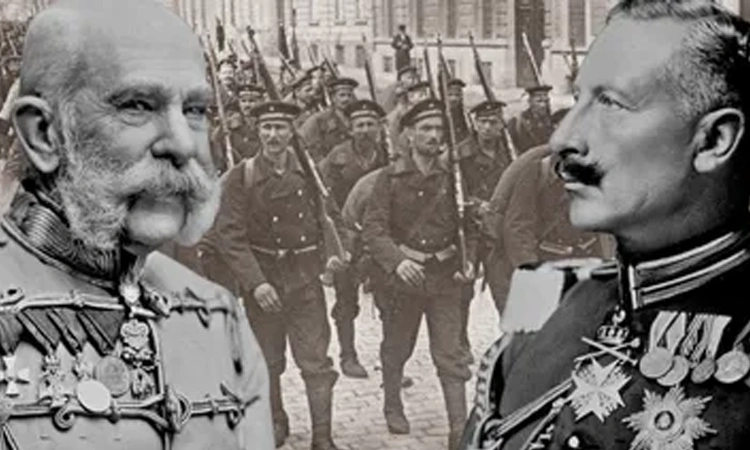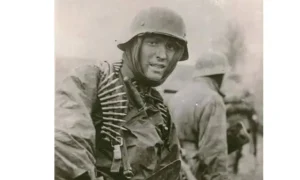The ground’s rumbling. Artillery howls past your head. Chunks of dirt slap your helmet as you eat mud, scrambling for whatever cover you can find. Yeah. Welcome to the trench, pal.
People like to think World War II outgrew the whole trench thing left it behind in the swampy nightmares of the Somme or Ypres. Guess what? Trenches just put on a new coat. Whether you’re freezing your tail off in the snows of the Eastern Front or hacking through Pacific undergrowth, soldiers still burrowed in, scraping out foxholes and carving out whatever scrap of protection they could find. Trenches didn’t disappear they just got sneakier.
And down there? It wasn’t just sipping misery soup and growing mold on your soul. Trench life doubled as chessboard, shield, and home sometimes all at once. The gear tells the story better than any textbook: helmets with stories hammered into the steel, shovels that look like they survived a bar fight, jackets so crusty you could probably stand them in the corner. These relics have outlasted the hands that gripped them.
So, let’s dig in literally. We’re not just talking war stories. We’re poking around the gear, the hacks, the scars and the weird legacy these muddy scars left behind. And hey, if you’re itching to get your hands on a real chunk of that history? Stick around. You’re way closer than you think.
WWII Military Vehicles On Miltrade.com
Why Trenches Didn’t Disappear Overnight
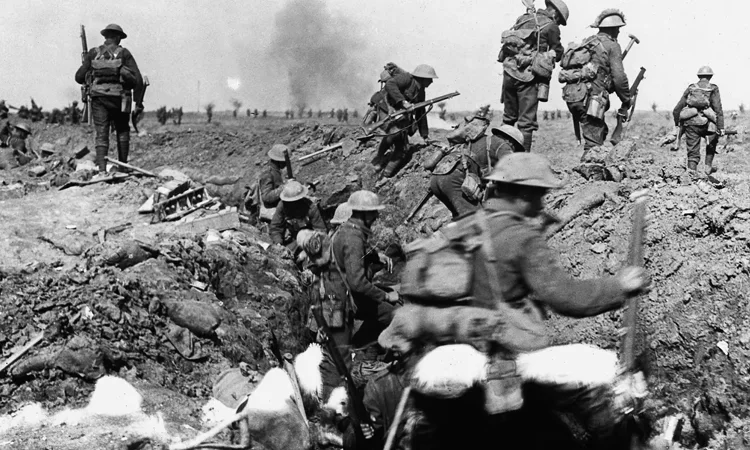
By ‘39, you’d figure trenches were ancient history, right? I mean, tanks rumbling around, planes screaming overhead, everyone hyped on that blitzkrieg stuff. Most people probably thought muddy zigzags got left behind with trench foot and shell shock in the last round. Well, guess what those ditches weren’t done yet.
Seriously, whenever the front bogged down or some poor souls had to hunker and pray, guess what came back? Yup, trenches. Nothing beats a hole in the ground when shrapnel’s flying. You need quick cover? That’s your answer, buddy. On the Eastern Front, dudes clawed frozen dirt for miles, freezing their butts off just to not get blown up. The Pacific? The Japanese went full hedgehog trenches, bunkers, tunnels all over the place. Even in the North African desert, a shallow scrape might be your ticket to not getting turned into confetti by a tank or some cranky dive bomber.
But don’t get it twisted these weren’t WWI style endless rat warrens. Nah. WWII trenches were sharper, leaner. More “hang on for dear life,” less “unpack, you’re living here now.” Machine gun nests, barbed wire, tank traps everything nasty but necessary. Cozy? Not even close. But hey, beats getting ventilated out in the open any day.
What Really Sparked WW1? Causes, the July Crisis, and the Collector’s View
| Topic | Summary |
|---|---|
| The Spark | The Sarajevo assassination lit the fuse, but Europe was already primed for war. |
| Core Causes | Militarism, nationalism, imperial ambitions, and tangled alliances brewed decades of tension. |
| The July Crisis | 37 chaotic days of ultimatums and missteps turned a regional issue into a global conflict. |
| Rapid Escalation | Alliances forced nations into war whether they were ready or not. |
| Collector’s Angle | Authentic WW1 helmets, rifles, and uniforms are rare treasures many found on Miltrade. |
Collector’s Angle:
Man, this stuff’s got stories baked right into the grime. We’re talking battered helmets with actual dirt still clinging on, trench shovels that probably saw more mud than daylight, field gear that’s older than your granddad, and even those clunky radios they’d stash in dugouts. If you poke around miltrade, you’ll stumble on legit WWII trench tools, military helmets from both sides of the mess Allies and Axis and uniforms that probably spent more time hugging the ground than their owners did. It’s wild what survives.
Anatomy of WW2 Trench Systems
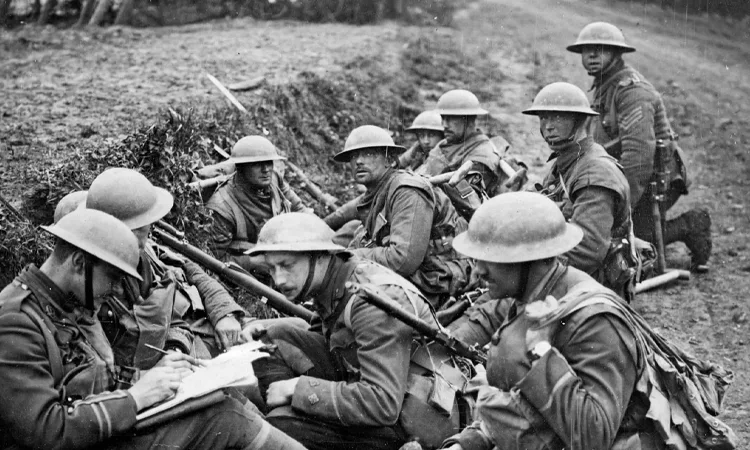
A WWII trench was not just a ditch. It was an engineered defensive network designed to keep soldiers alive under the most intense conditions. While smaller than the endless trench lines of WWI, these fortifications were smarter, quicker to build, and suited to the needs of modern warfare.
Front Line Fighting Trenches
They were the main fire positions of the infantry. They were narrow and deep enough to deflect shrapnel. Often, they were reinforced with sandbags, wooden boards, or corrugated iron. They provided a straight line of sight for rifles and machine guns while keeping heads below the level of enemy fire.
Communication Trenches
These zigzag lines connected the front line to the rear. They allowed for the safe movement of soldiers, ammunition, and messages. The zigzag serves to prevent penetration by shooting troops into a straight line from reaching the enemy’s side.
Support & Reserve Trenches
These trenches lay behind the main front. There was support in case more soldiers, more ammunition, and medical stations were needed. These can be easily rushed to reinforce or replace the main front if necessary.
Dugouts & Shelters
Dugouts were built into trench walls or underground. They served as command posts, sleeping areas, or stores. In the East and Pacific, some of the dugouts were made stronger by adding logs and even concrete.
Defensive Obstacles
Barbed wire entanglements, anti tank trenches, and camouflaged fire pits typically complemented trench systems. They constructed tiered defenses that could slow enemy advances.
Military Vehicles On Miltrade.com
Real Life Conditions Warfare Below Ground
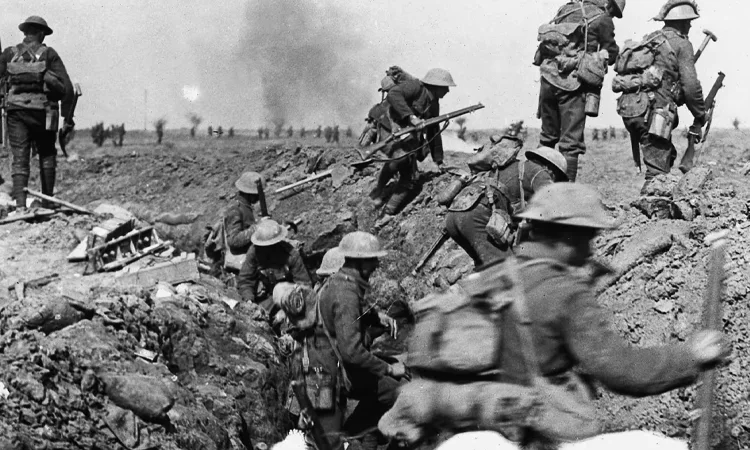
Life in a WWII trench was full of discipline, discomfort, and danger. Even though these trenches weren’t the mud filled traps of WWI, the days or weeks spent inside them tested a soldier’s endurance in ways few civilians can imagine.
Weather & Environment
In Europe’s winters, trenches turned into frozen channels, where frostbite was as dangerous as enemy bullets. In the Pacific, rain made them into waterlogged pits filled with insects. Soldiers constantly fought against mud, standing water, and slippery ground.
Unwanted Company
Rats and other pests thrived, feeding on scraps and sometimes chewing through soldiers’ gear. Mosquitoes in tropical areas also brought the added threat of malaria.
Daily Routines
Life in the trench focused on keeping watch, repairing defenses, cleaning weapons, and trying to stay dry. Meals were often cold, eaten quickly, and shared while remaining aware that an attack could happen at any moment.
The Stress Factor
Artillery bombardments could happen without warning, shaking the ground and sending dirt down onto the men below. The psychological toll, including constant tension, lack of sleep, and claustrophobia, was as heavy as the physical dangers.
Tech, Tanks & Trenches The Transition
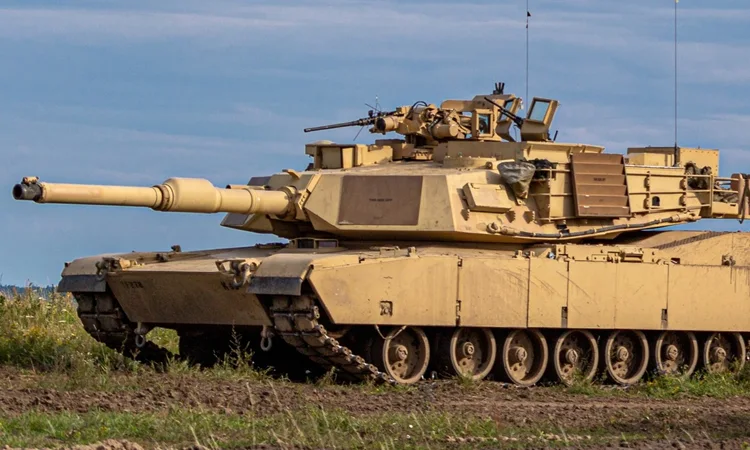
War had changed by the time that WWII began. Tanks could blast their way through static defenses. Planes were able to bomb miles behind the lines. Radio communications allowed the armies to plan speeded up offensives. Those days of limitless trench stand-offs were over, but trenches still played a role.
Trenches slowed down enemy approaches and gave time for counterattacks during defensive fighting. Vast trench networks were dug by Soviet and German forces on the Eastern Front during sieges like Stalingrad and Leningrad. Japanese defenders built well constructed trench and bunker networks in the Pacific on islands like Iwo Jima and Okinawa. They also incorporated underground tunnels to deal with intense bombardment.
What was different from WWI was how trenches were utilized:
- lines instead of networks spanning continents.
- Combined defenses employing anti tank guns, minefields, and machine gun nests.
- Leding trenches used temporarily as strongpoints, not as homing grounds.
Where Battle Meets Collection
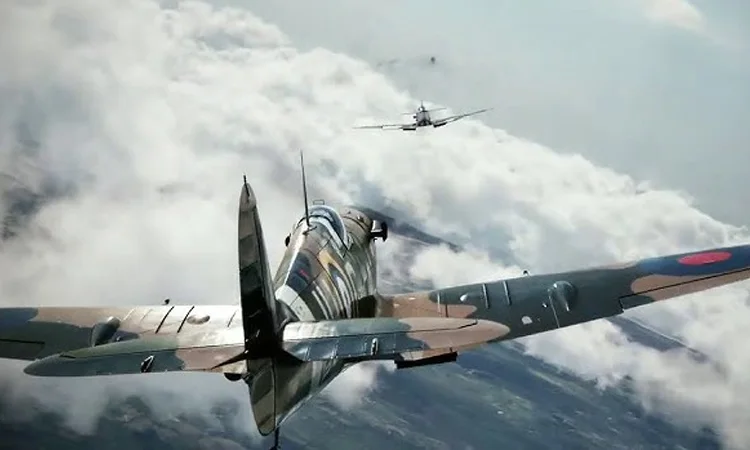
For collectors, WWII trenches aren’t just about tactics; they’re about the gear that survived them. The dented helmet that protected a soldier’s head during a bombardment. The entrenching tool worn smooth after weeks of digging. The field jacket stiff with mud and time. These items are not props; they are survivors.
On miltrade, you can trace these relics back to their origins. Whether you’re looking for an original entrenching shovel from the Eastern Front, a Pacific theater steel helmet, or communication gear that once sat in a command post, this is where real history changes hands. Every piece is authentic, every mark earned in the field, and every item is a direct link to the trenches you just read about.
Military Tanks On Miltrade.com
Conclusion
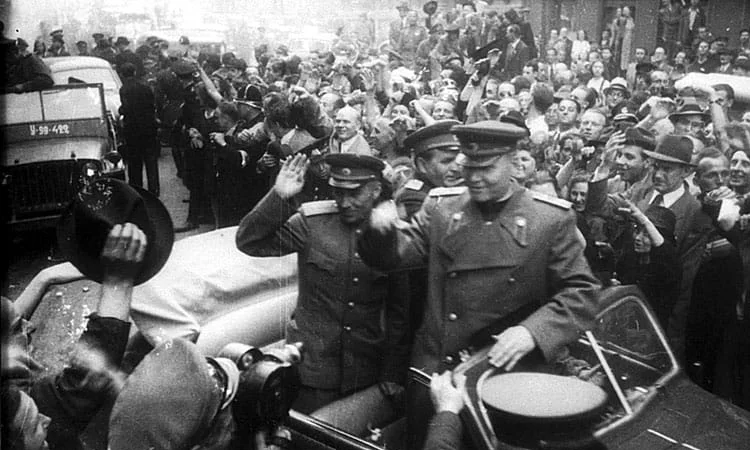
WWII trenches? Yeah, they didn’t sprawl across the map like those muddy hellholes from the First World War, but trust me, they packed a punch. Shorter, nastier, and honestly way more lethal. Soldiers ducked into them when things got hairy, clutching whatever gear they could drag along. Some of those battered relics made it out, scarred but still kicking, almost like ghosts trailing the memories of the guys who hunkered down there.
Look, if you’re tired of just flipping through history books and wanna actually feel that grit under your fingernails, miltrade’s your ticket. Here, the trenches aren’t just some faded snapshot they’re real, solid, and begging to land in the hands of someone who gets it. Why keep history locked away behind some glass case? Nah, it’s meant to be handled, studied, maybe even dropped on your foot if you’re not careful.
FAQs
So why does everyone think WWII trenches were so different from WWI’s?
Because WWI left people thinking trench warfare was obsolete. But in WWII, whenever the front stalled or troops needed fast cover, trenches came back. From the Eastern Front to the Pacific, digging in was still the quickest way to survive.
What kind of items would usually end up in those trenches that people search for today as collectors?
Collectors often find steel helmets still caked with dirt, folding entrenching tools worn smooth from digging, and even bulky field radios once tucked into dugouts. These relics are highly sought after for their authenticity and history.
What was daily life actually like down in a WWII trench, anyway?
It was a grind — freezing in European winters, slogging through waterlogged trenches in the Pacific, swatting away rats and mosquitoes. Soldiers rotated between guard duty, repairing defenses, cleaning weapons, and grabbing cold rations whenever they could.
How were WWII trenches different from the First World War’s?
WWII trenches were shorter, faster to dig, and used as temporary strongpoints rather than sprawling living spaces. They often worked alongside anti-tank guns, minefields, and machine-gun nests, reflecting the faster pace of modern warfare.
If you were to have an actual piece of trench history today, where would you even start?
Specialist military marketplaces like Miltrade are a great place to start. They offer authentic WWII trench artifacts — from Eastern Front shovels to Pacific theater helmets — often with documented service histories.
